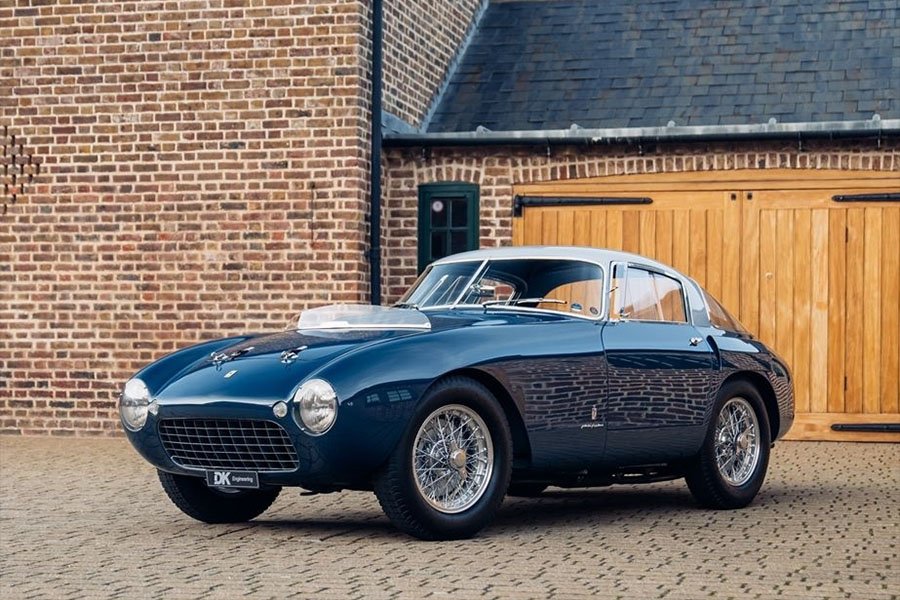One to Buy: ex-Franco Cortese 1954 Ferrari 500 Mondial Series 1
/ Ben Tyer
The 500 Mondial was Ferrari’s new for 1954 under two-litre Sports racing car and replacement for the outgoing 166 Mille Miglia / 53.
Powered by an Aurelio Lampred-designed inline four cylinder engine that produced around 170bhp, the circa 720kg 500 Mondial served as both an official Scuderia Ferrari entry and customer mount during that ‘54 campaign during which it took the challenge to Maserati’s latest A6 GCS, the Frazer Nash Le Mans and OSCA 2000 S.

Frequently capable of outpacing machinery with much bigger engines, the 500 Mondial proved a strong seller for Ferrari with a reputed 21 first series examples built.
One of these was chassis 0406 MD which will be going under the hammer at RM Sotheby’s Monterey auction on August 17th.

Ferrari originally sold 0406 MD to ex-factory driver Franco Cortese via renowned dealer and team owner, Franco Cornacchia. Early 1954 outings saw Cortese record a second in class at the Coppa della Toscana and fourth in class at the Mille Miglia, after which the car’s original Pinin Farina body was replaced with a Scaglietti shell.
0406 MD continued to race on and off until the early 1960s when it was crashed while in the possession of American owner, Stanley Surridge. Amazingly, it remains in practically the same condition today having joined the collection of Walter Medlin in 1978 where it resided alongside a plethora of other significant Ferraris.


















































